Home>Interior Design>How Can I Make A Small Living Room Look Less Cluttered? 10 Must-know Solutions
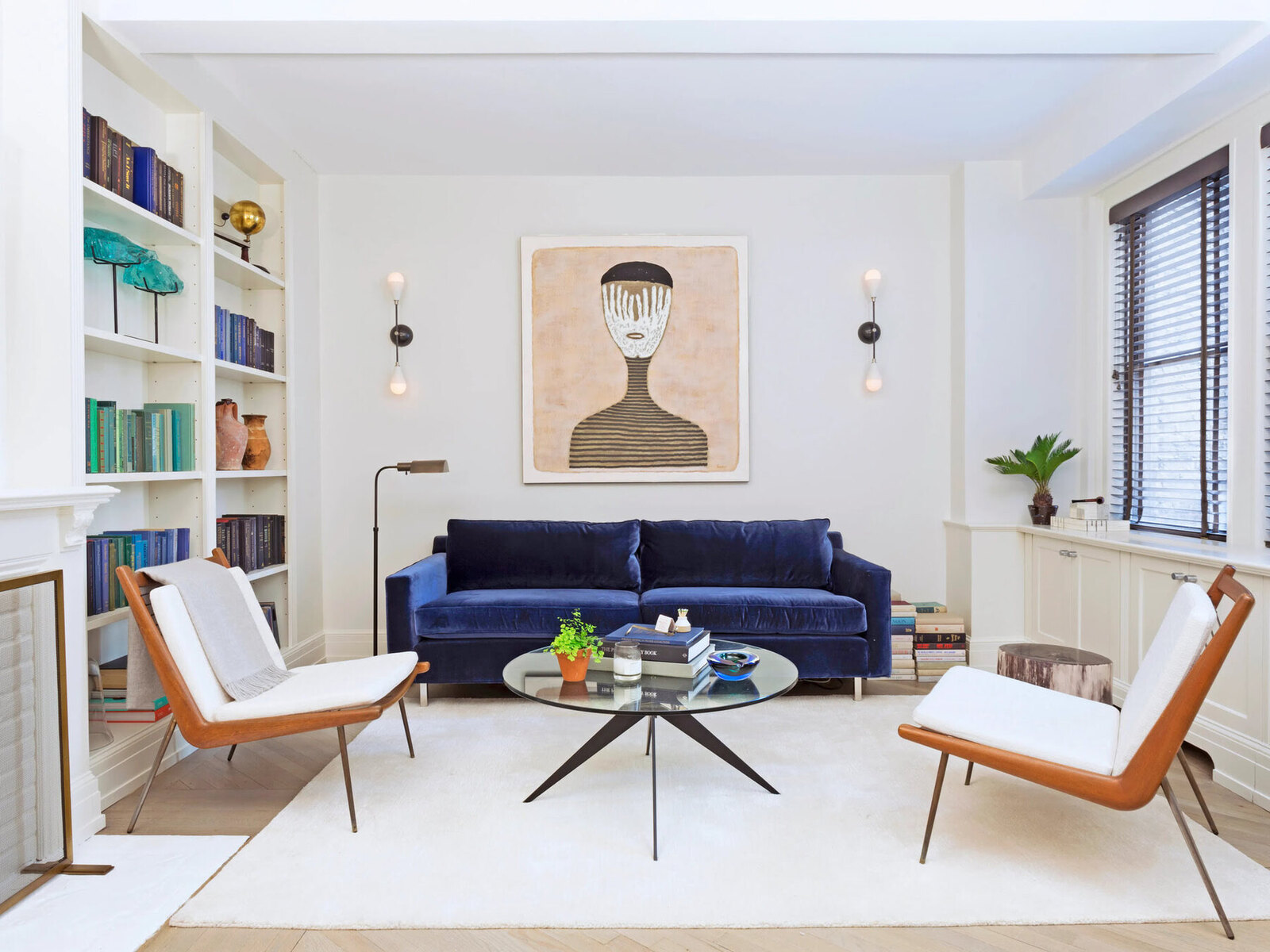

Interior Design
How Can I Make A Small Living Room Look Less Cluttered? 10 Must-know Solutions
Modified: October 20, 2024
Discover 10 essential interior design solutions to transform your small living room into a clutter-free space. Revamp your home with expert tips and make the most of your limited square footage.
(Many of the links in this article redirect to a specific reviewed product. Your purchase of these products through affiliate links helps to generate commission for Storables.com, at no extra cost. Learn more)
Introduction
Creating a harmonious and clutter-free living space is essential for a small living room. When space is limited, it’s important to maximize functionality without sacrificing style. By implementing the right interior design strategies, you can transform your small living room into a visually appealing and organized oasis.
In this article, we will explore ten must-know solutions to make a small living room look less cluttered. These solutions range from decluttering and organizing to utilizing multi-functional furniture and maximizing vertical storage. We will also discuss the importance of incorporating mirrors, creating an organized layout, and embracing light and neutral colors to create the illusion of a larger space. Furthermore, we will explore the significance of natural light, minimizing visual clutter, and incorporating smart storage solutions.
By following these expert tips and techniques, you will be able to create a small living room that feels spacious, inviting, and free from clutter. Let’s delve into the details and discover how to transform your space.
Key Takeaways:
- Maximize functionality and style in small living rooms by decluttering, utilizing multi-functional furniture, and maximizing vertical storage. Embrace light colors, natural light, and smart storage solutions for a visually appealing and organized space.
- Create the illusion of space in small living rooms with mirrors, organized layouts, and minimal visual clutter. Incorporate light and neutral colors, embrace natural light, and opt for smaller furniture to make the most of limited space.
Remove unnecessary items
To begin the process of making your small living room look less cluttered, it’s crucial to start by assessing the room and identifying items that are not essential. Take a look around and evaluate each piece of furniture, decor, and accessories. Ask yourself if they serve a purpose or if they contribute to the overall aesthetic of the space.
Once you have identified unnecessary items, it’s time to declutter and organize. Begin by sorting through all the items in the room and categorizing them into groups – keep, donate, and sell. Be ruthless in your decision-making process and only keep items that you truly love or need.
Creating designated storage areas is another vital step in removing unnecessary items and maintaining an organized living room. Consider investing in storage solutions such as baskets, bins, or shelves to store items that tend to accumulate clutter, such as magazines, remote controls, or children’s toys.
By removing unnecessary items, decluttering and organizing, and creating designated storage areas, you will instantly free up space and create a more streamlined and clutter-free environment in your small living room. Remember, less is more when it comes to maximizing space in a small area.
Utilize multi-functional furniture
When dealing with a small living room, it’s essential to make the most out of every piece of furniture. One of the best ways to achieve this is by incorporating multi-functional furniture. These pieces not only serve their primary purpose but also offer additional storage or can be transformed into different functions when needed.
Choosing furniture with hidden storage is a smart way to maximize space in a small living room. Look for sofas, ottomans, or coffee tables with built-in storage compartments. These hidden storage areas are perfect for stashing away items like blankets, pillows, or other things that might clutter the room.
Opting for dual-purpose pieces is another fantastic way to make the most out of the limited space in your living room. Consider a sleeper sofa that doubles as a bed for overnight guests or a console table that extends into a dining table when you need extra seating. These pieces are not only practical but also save valuable space by serving multiple functions.
Collapsible furniture is another brilliant option for small living rooms. Look for folding chairs, tables, or even wall-mounted desks that can be easily folded and tucked away when not in use. This flexibility allows you to open up the space and create additional room when needed.
By utilizing multi-functional furniture, such as pieces with hidden storage, dual-purpose items, and collapsible furniture, you can maximize the functionality of your small living room. These clever solutions will help you declutter and create a versatile space that meets your needs without sacrificing style.
Maximize vertical storage
When floor space is limited in a small living room, maximizing vertical storage becomes crucial. By utilizing the height of the room, you can create additional storage options while keeping the floor area clear and open. Here are some effective ways to maximize vertical storage in your small living room:
Utilizing wall-mounted shelves is an excellent way to take advantage of vertical space. Install shelves of varying heights on empty walls to store books, decorative items, or even small planters. Wall-mounted shelves not only provide functional storage but also add visual interest to the room.
Installing floating or hanging storage is another great solution for small living rooms. Consider hanging shelves, cubbies, or baskets from the ceiling or wall to create storage options that don’t take up valuable floor space. These floating storage solutions are perfect for storing smaller items like keys, remote controls, or decorative accessories.
Using bookcases or vertical cabinets efficiently is a practical way to maximize vertical storage. Choose tall and slim bookcases or cabinets that can fit in tight corners or against walls. These vertical storage units can hold items such as books, DVDs, or even display pieces, helping to declutter the room and keep everything well-organized.
In addition to these options, consider utilizing the space above doorways or windows by installing shelves or cabinets. These often-neglected areas can provide valuable storage for items that are not frequently used.
By maximizing vertical storage through the use of wall-mounted shelves, floating storage solutions, and efficient bookcases or vertical cabinets, you can make the most out of the available space in your small living room. These storage solutions not only help declutter the room but also give it a visually appealing and organized look.
Opt for smaller furniture
When dealing with a small living room, selecting the right furniture size is crucial to create a visually balanced and spacious environment. Here are some tips for choosing smaller furniture that will fit the space and make the room feel less cluttered:
Downsizing to fit the space is the first step in choosing furniture for a small living room. Take measurements of the room and create a floor plan to determine the maximum furniture dimensions that will fit comfortably without overwhelming the space. Avoid overcrowding by selecting pieces that leave enough room for easy movement and flow.
Avoid bulky or oversized pieces that can make the living room feel cramped. Instead, opt for streamlined and compact furniture options. Look for sofas and chairs with slimmer profiles and sleek designs. Choosing furniture with open arms and exposed legs can create an illusion of more space and make the room feel less cluttered.
Utilizing furniture with exposed legs is a clever technique to visually open up the living room. When furniture has legs, it allows light to pass through, giving a sense of openness and spaciousness. This can be particularly effective with sofas, chairs, and coffee tables. Additionally, furniture with raised legs also makes it easier to clean and maintain the floor underneath.
Consider choosing furniture that serves multiple purposes or has built-in storage. For example, a storage ottoman can act as both a seating option and a place to store blankets or magazines. This allows you to maximize functionality while minimizing the need for extra furniture pieces.
By opting for smaller furniture, downsizing to fit the space, avoiding bulky or oversized pieces, and utilizing furniture with exposed legs, you can create a more cohesive and visually appealing living room. Remember, less is more when it comes to furniture in a small area, and selecting the right size and style can greatly impact the overall feel of the room.
Read more: How To Make Bookshelves Look Less Cluttered
Incorporate mirrors and reflective surfaces
Mirrors and reflective surfaces are powerful tools when it comes to making a small living room look less cluttered and more spacious. They have the ability to create the illusion of depth and openness, making the room appear larger and brighter. Here are some tips for incorporating mirrors and reflective surfaces in your small living room:
Utilizing mirrors to create the illusion of space is a tried and true technique in interior design. Place a large mirror on one of the main walls, preferably opposite a window or a source of natural light. This will reflect the light and the view, instantly opening up the space and making it feel more expansive. You can also opt for a mirrored wall or a collection of smaller mirrors grouped together to create a visually striking focal point.
Placing mirrors strategically can have a significant impact on the overall appearance of the room. Consider positioning mirrors near or across from sources of light to maximize their reflective properties. This can include hanging a mirror above a fireplace, behind a table lamp, or adjacent to a window. By doing so, you will bounce light around the room and create a brighter and more inviting atmosphere.
Incorporating reflective surfaces in your decor is another way to enhance the sense of space in a small living room. Items such as metallic accents, glass tables, or mirrored furniture can add depth and shine to the room. The reflective surfaces will not only create a visually interesting element but also help to bounce light around, making the room feel brighter and more open.
In addition to mirrors and reflective surfaces, consider incorporating glossy or shiny finishes in your decor. This can be achieved through the use of lacquered furniture, glossy paint on walls or trim, or even reflective tiles on the floor. These finishes will reflect light and add a touch of sophistication to your small living room.
By incorporating mirrors to create the illusion of space, placing them strategically, and incorporating reflective surfaces in your decor, you can transform your small living room into a visually appealing and spacious environment. These design tricks are simple yet highly effective in making your space feel larger and less cluttered.
1. Use multi-functional furniture to maximize space.
2. Keep the color scheme light and neutral to create a sense of openness.
3. Utilize wall-mounted shelves to free up floor space.
4. Incorporate mirrors to reflect light and make the room appear larger.
5. Keep only essential items and declutter regularly.
6. Choose furniture with exposed legs to create a sense of space.
7. Use curtains that match the wall color to blend in and create a seamless look.
8. Opt for smaller-scale furniture to avoid overwhelming the space.
9. Incorporate hidden storage solutions to keep clutter out of sight.
10. Use rugs to define different areas within the room without adding visual clutter.
Create an organized layout
Creating an organized layout is essential for maximizing space and reducing clutter in a small living room. By strategically arranging furniture and leaving open spaces, you can create a visually appealing and functional environment. Here are some tips for creating an organized layout in your small living room:
Arranging furniture for maximum flow is crucial in a small space. Consider the natural flow of movement in the room and position furniture accordingly. Avoid placing furniture in high traffic areas where it may create obstacles or hinder the flow. Opt for a layout that allows for easy movement and encourages a sense of openness.
Leaving open spaces between furniture is a key aspect of an organized layout. Instead of pushing furniture against walls or cramming everything together, aim to create visual breaks and breathing room. This not only makes the room feel less crowded but also allows for better circulation and a more balanced aesthetic.
Avoid overcrowding the room with too much furniture. Be mindful of the size and scale of each piece and choose only the essential ones that serve a purpose. Incorporate multifunctional furniture that can serve multiple purposes and reduce the need for excessive pieces. Remember, in a small living room, less is often more.
Consider the focal point of the room, such as a fireplace or a television, and arrange the furniture around it. This creates a sense of balance and purpose in the layout. If there is no specific focal point, create one by positioning furniture in a way that defines a central area or focal point for the room.
Don’t forget to consider the scale of your furniture in relation to the room. Oversized or overstuffed furniture can overwhelm a small living room. Opt for pieces that are proportionate to the size of the room and leave enough open space to maintain a sense of airiness.
By creating an organized layout, arranging furniture for maximum flow, leaving open spaces between furniture, and avoiding overcrowding, you can transform your small living room into a well-balanced and visually appealing space. This will not only increase functionality but also make the room feel larger and less cluttered.
Utilize light and neutral colors
When it comes to making a small living room look less cluttered, the choice of colors plays a significant role. By utilizing light and neutral colors, you can create the illusion of a larger and more open space. Here are some tips for incorporating light and neutral colors in your small living room:
Opt for light-colored walls and flooring to brighten up the room and make it feel more spacious. Light pastel shades, such as white, cream, or pale gray, are ideal for creating an airy and open atmosphere. These colors reflect light, making the room appear larger and less cluttered. Consider using paint or wallpaper in these light shades to create a fresh and inviting backdrop.
Choosing neutral furniture and decor is another effective way to maintain a clean and clutter-free look in a small living room. Neutral colors such as beige, taupe, or ivory create a cohesive and harmonious aesthetic. Opt for furniture pieces in these colors to blend seamlessly with the walls and flooring. Neutral upholstery and finishes also have a timeless appeal, ensuring that your living room remains stylish and versatile for years to come.
While light and neutral colors should dominate the palette, using pops of color sparingly can add interest and depth to the room. Select one or two accent colors to incorporate through throw pillows, artwork, or small decor items. This subtle infusion of color adds visual interest without overwhelming the space. However, it’s crucial to use these pops of color sparingly to avoid creating a cluttered or chaotic look.
Consider using different textures in your decor to create visual depth and dimension. Experiment with fabrics, such as linen or velvet, and mix them with natural materials like wood or rattan. The interplay of textures adds visual interest without compromising the overall light and neutral color scheme.
By utilizing light-colored walls and flooring, choosing neutral furniture and decor, and using pops of color sparingly, you can create a visually cohesive and spacious feeling in your small living room. These color choices enhance the natural light and create an inviting and harmonious environment while keeping the focus on simplicity and elegance.
Embrace natural light
Embracing natural light is crucial in making a small living room feel open and inviting. By maximizing the amount of natural light that enters your space, you can create a brighter and more spacious atmosphere. Here are some tips for embracing natural light in your small living room:
Removing heavy window treatments is the first step in allowing natural light to flow freely into the room. Replace heavy curtains or blinds with lighter options that still offer privacy while letting in ample light. Opt for sheer or light-colored curtains that allow the sunlight to filter through, creating a soft and airy ambiance.
Utilizing sheer or light-colored curtains helps maximize natural light while maintaining privacy. Sheer curtains allow light to pass through while diffusing it, creating a gentle glow in the room. Light-colored curtains, especially in white or pastel shades, reflect light and make the space appear more open and spacious.
Placing mirrors near windows is a strategic way to amplify the natural light in your small living room. Positioning a mirror opposite a window reflects the light back into the room, creating the illusion of additional windows and enhancing the overall brightness. This technique not only maximizes the natural light but also adds a decorative element to the space.
In addition to mirrors, consider using reflective surfaces, such as glass or metallic accents, near windows. These surfaces will further bounce light around the room, making it feel brighter and more open. Incorporate glass coffee tables or metallic decorative pieces to enhance the natural light and create a sense of airiness.
Keep the window areas free from obstructions. Avoid blocking the windows with tall furniture or heavy decor that may limit the amount of natural light that enters the room. Instead, opt for low-profile furniture and decor that allow for a clear line of sight to the windows.
By removing heavy window treatments, utilizing sheer or light-colored curtains, placing mirrors near windows, and incorporating reflective surfaces, you can embrace the natural light in your small living room. The infusion of sunlight will not only make the space feel more vibrant but also create a sense of openness and tranquility.
Read more: How Can I Make My Small Room Look Expensive?
Minimize visual clutter
Minimizing visual clutter is essential in creating a clean and organized look in a small living room. By keeping cables, electronics, and surfaces clear and organized, you can make the space feel less chaotic and more spacious. Here are some tips for minimizing visual clutter in your small living room:
Tidying up cables and cords is a small yet effective way to reduce visual clutter. Use cable management solutions, such as cord clips or cable sleeves, to keep cables organized and out of sight. Bundle together cords that belong to the same electronic device and use zip ties or cable ties to keep them neatly contained. This simple step can instantly make a difference in creating a streamlined and clutter-free look.
Concealing electronics and wires is another effective strategy for minimizing visual clutter. Consider using furniture or cabinets with built-in storage compartments to hide electronics, such as DVD players or game consoles. Utilize wireless technology whenever possible to eliminate the need for visible cords and wires. Additionally, invest in cable management boxes or cord covers to keep wires out of sight and prevent them from becoming a visual distraction.
Keeping surfaces clear and organized is crucial in a small living room. Avoid cluttering coffee tables, side tables, or shelves with unnecessary items. Instead, choose a few carefully curated decorative pieces or functional items to display. Incorporate baskets or decorative boxes to store smaller items like remote controls, magazines, or electronics that are not in use. By keeping surfaces clear, you create a sense of openness and allow the space to breathe.
Incorporate smart storage solutions to minimize visual clutter. Use furniture with built-in storage, such as ottomans or coffee tables with hidden compartments, to keep items out of sight. Utilize storage baskets or bins to corral and hide items that may accumulate clutter. By having designated storage areas for items, you can quickly and easily tidy up the room, reducing visual distractions.
Regularly declutter and organize the space to maintain a clean and clutter-free living room. Take time to assess items in the room and remove anything that is unnecessary or no longer serves a purpose. Donate or sell items that you no longer need and establish a system for keeping things organized and in their designated places.
By tidying up cables and cords, concealing electronics and wires, keeping surfaces clear and organized, and incorporating smart storage solutions, you can minimize visual clutter in your small living room. This creates a more serene and visually appealing space, allowing the room to feel open and inviting.
Incorporate smart storage solutions
In a small living room, maximizing storage is crucial for keeping the space free from clutter. By incorporating smart storage solutions, you can maintain a clean and organized environment without sacrificing style. Here are some ideas for incorporating smart storage in your small living room:
Using ottomans or coffee tables with hidden storage is a fantastic way to add functionality to your living room while keeping it clutter-free. Opt for furniture pieces that feature a lift-up top or drawers for storing items such as blankets, magazines, or remote controls. These hidden storage compartments allow you to keep essential items within easy reach while maintaining a visually neat and tidy space.
Utilizing storage baskets or bins is another effective storage solution for a small living room. Place them on shelves, under coffee tables, or in open cubbies to store and conceal various items like toys, DVDs, or extra blankets. Choose stylish baskets or bins that complement your decor and blend seamlessly with the overall aesthetic of the room.
Incorporating furniture with built-in storage offers a sleek and seamless storage solution in a small living room. Look for sofas or sectionals with removable cushions that reveal hidden storage compartments. This is an excellent option for storing larger items like extra pillows or seasonal decor. Additionally, consider TV stands, bookshelves, or media consoles with shelves or drawers to keep electronics, books, or media organized and out of sight.
Think vertically when it comes to storage options. Install floating shelves on the walls to display and store books, decorative items, or plants. Vertical cabinets or wall-mounted units can also provide ample storage space without taking up valuable floor space. These vertical storage solutions are great for storing items that can clutter surfaces, keeping them organized and within reach.
Take advantage of corner spaces by incorporating corner cabinets or shelves. These often overlooked areas can provide valuable storage without compromising the flow of the room. Use them to store items like photo albums, board games, or extra linens.
By using ottomans or coffee tables with hidden storage, utilizing storage baskets or bins, incorporating furniture with built-in storage, and maximizing vertical and corner spaces, you can incorporate smart storage solutions in your small living room. This will help you declutter and maintain an organized space while still keeping the room stylish and functional.
Conclusion
Creating a less cluttered and more spacious living room in a small space is entirely possible with the right strategies and design techniques. By implementing the ten must-know solutions discussed in this article, you can transform your small living room into a harmonious and organized oasis.
Start by removing unnecessary items and decluttering the space. Assess the room and create designated storage areas to keep items organized and out of sight. Maximize the functionality of your living room by utilizing multi-functional furniture that offers hidden storage or serves dual purposes. Opt for smaller furniture pieces to fit the space and avoid overcrowding. Incorporate mirrors and reflective surfaces to create the illusion of space and enhance natural light. Create an organized layout by arranging furniture for maximum flow and leaving open spaces between pieces. Embrace light and neutral colors to brighten the room and create a sense of airiness. Make the most out of natural light by removing heavy window treatments, utilizing sheer or light-colored curtains, and placing mirrors strategically. Minimize visual clutter by tidying up cables and cords, concealing electronics and wires, and keeping surfaces clear and organized. Finally, incorporate smart storage solutions such as ottomans with hidden storage, storage baskets or bins, and furniture with built-in storage.
Remember that less is more in a small living room. Avoid overcrowding the space with excessive furniture or clutter. Focus on functionality, organization, and a cohesive aesthetic to create a visually appealing and spacious environment.
By implementing these solutions, your small living room will become a well-designed and clutter-free space that maximizes both style and functionality. Enjoy the transformation and make the most out of every square inch of your living room.
Frequently Asked Questions about How Can I Make A Small Living Room Look Less Cluttered? 10 Must-know Solutions
Was this page helpful?
At Storables.com, we guarantee accurate and reliable information. Our content, validated by Expert Board Contributors, is crafted following stringent Editorial Policies. We're committed to providing you with well-researched, expert-backed insights for all your informational needs.
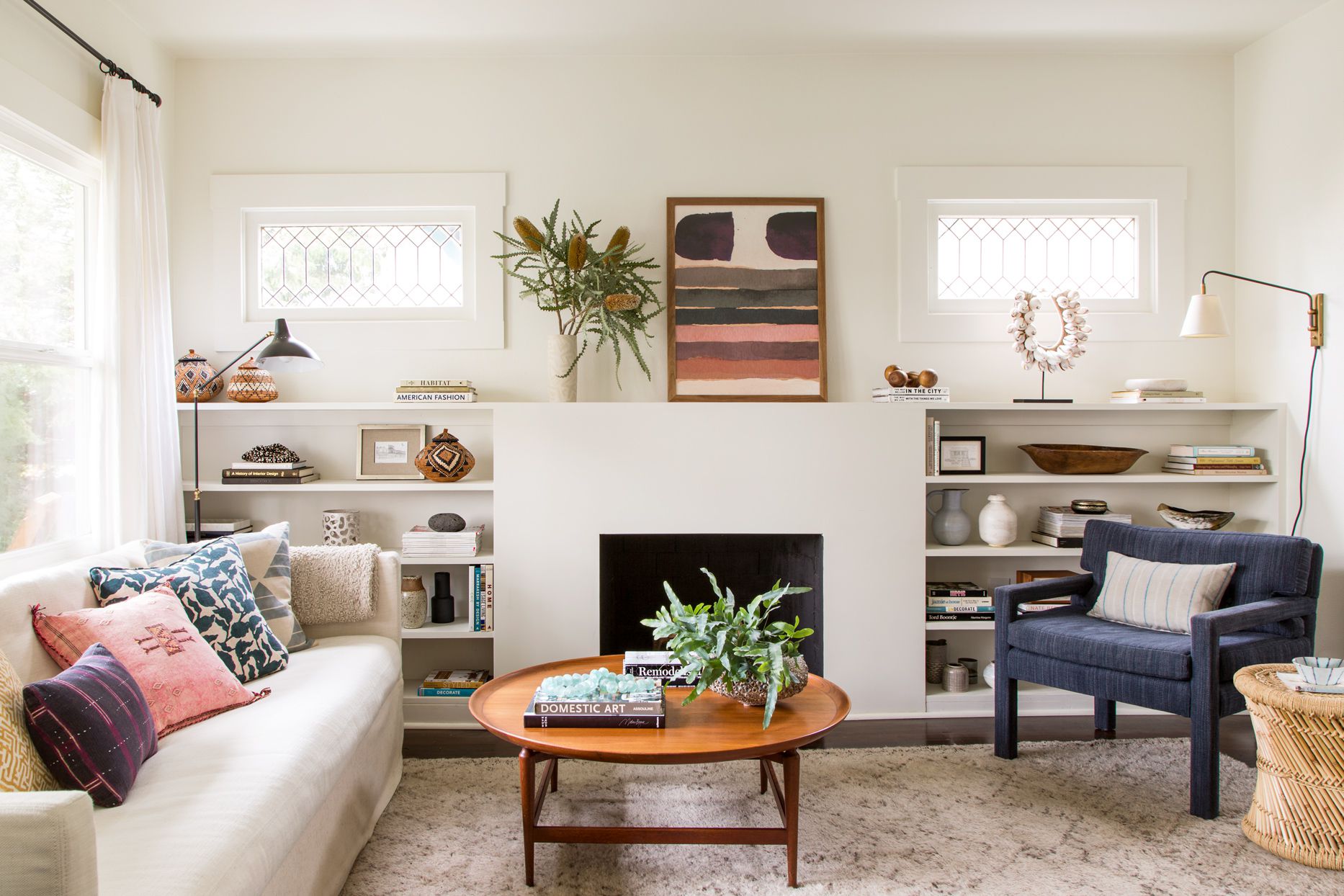
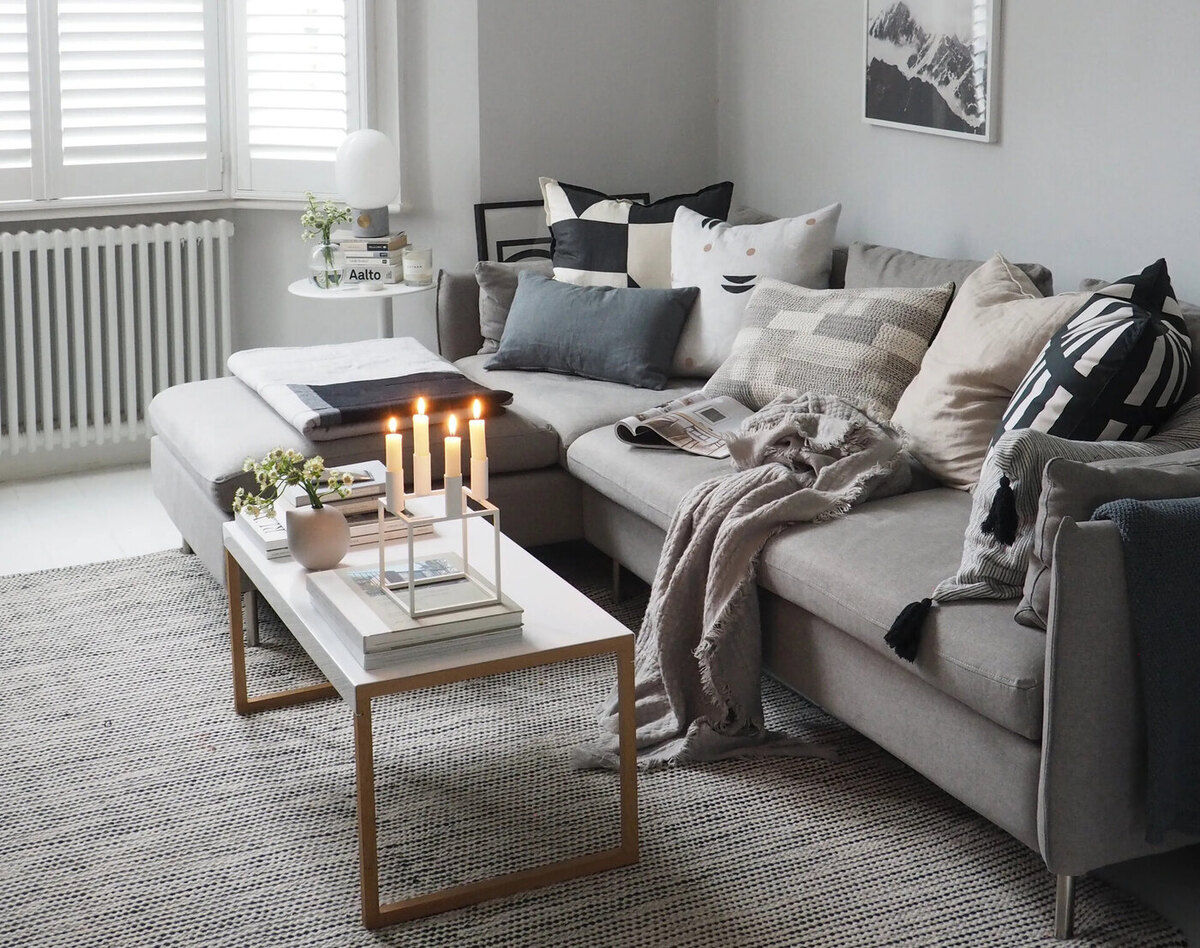

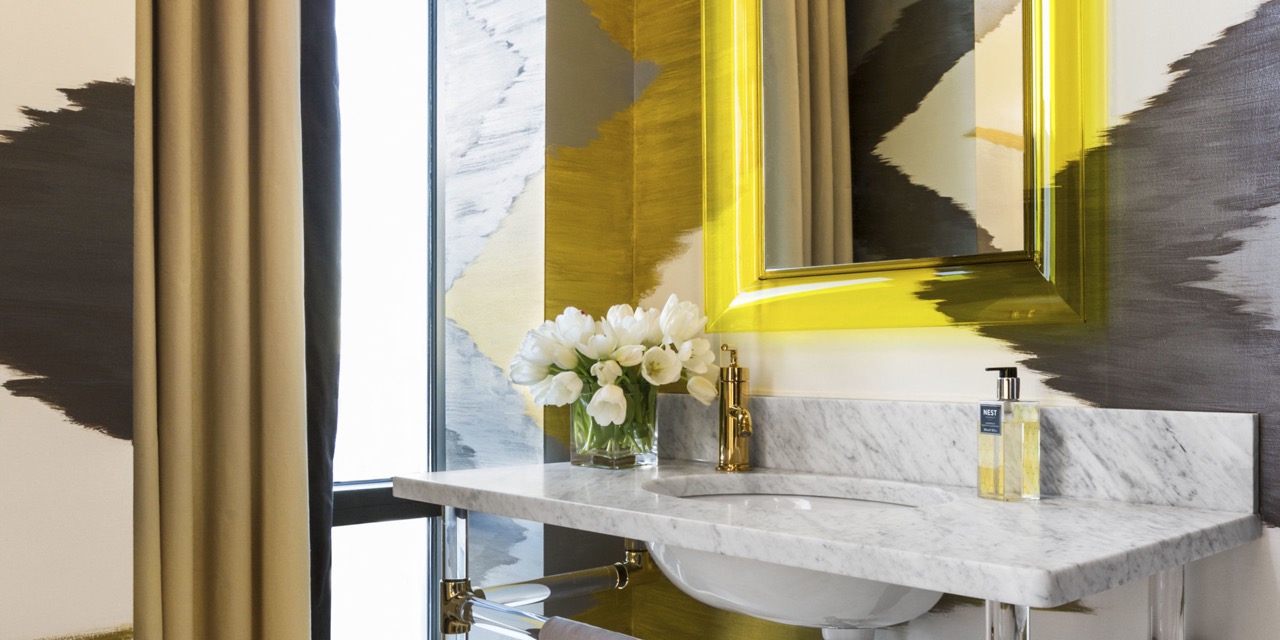
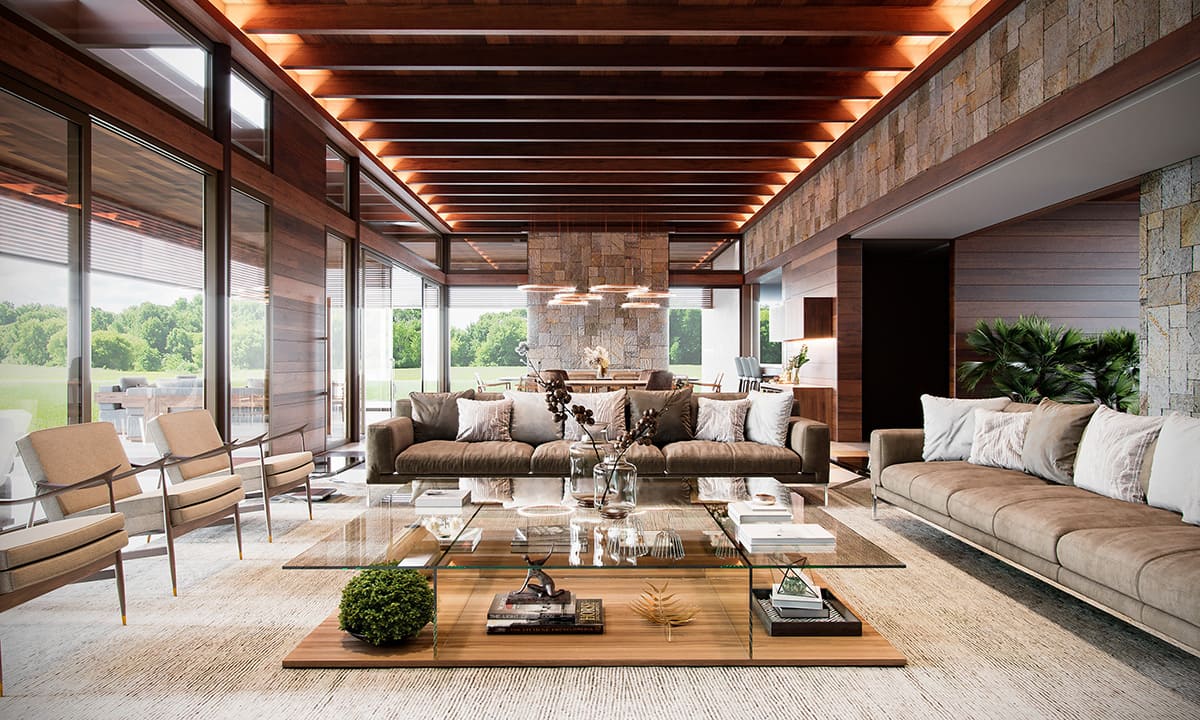
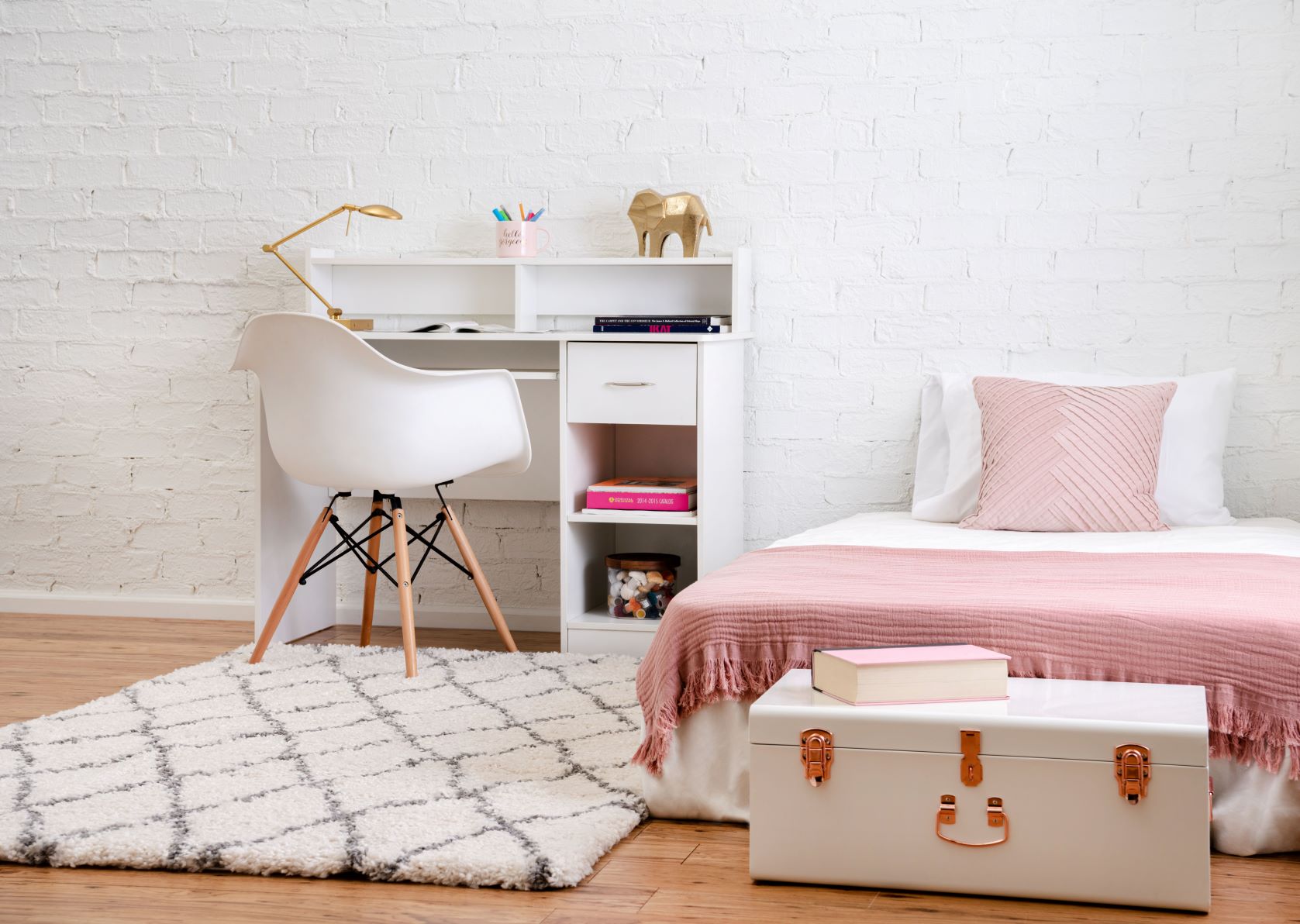
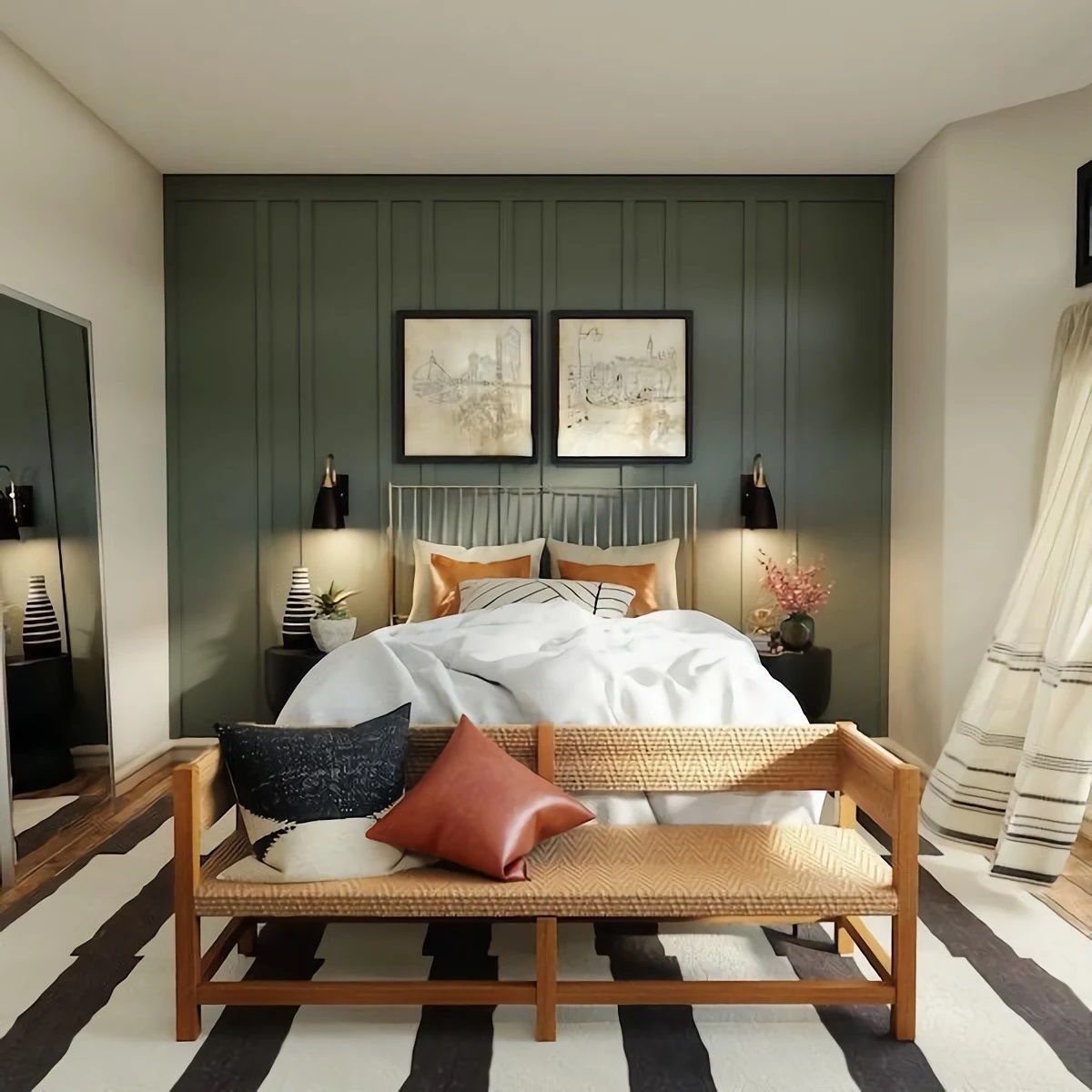
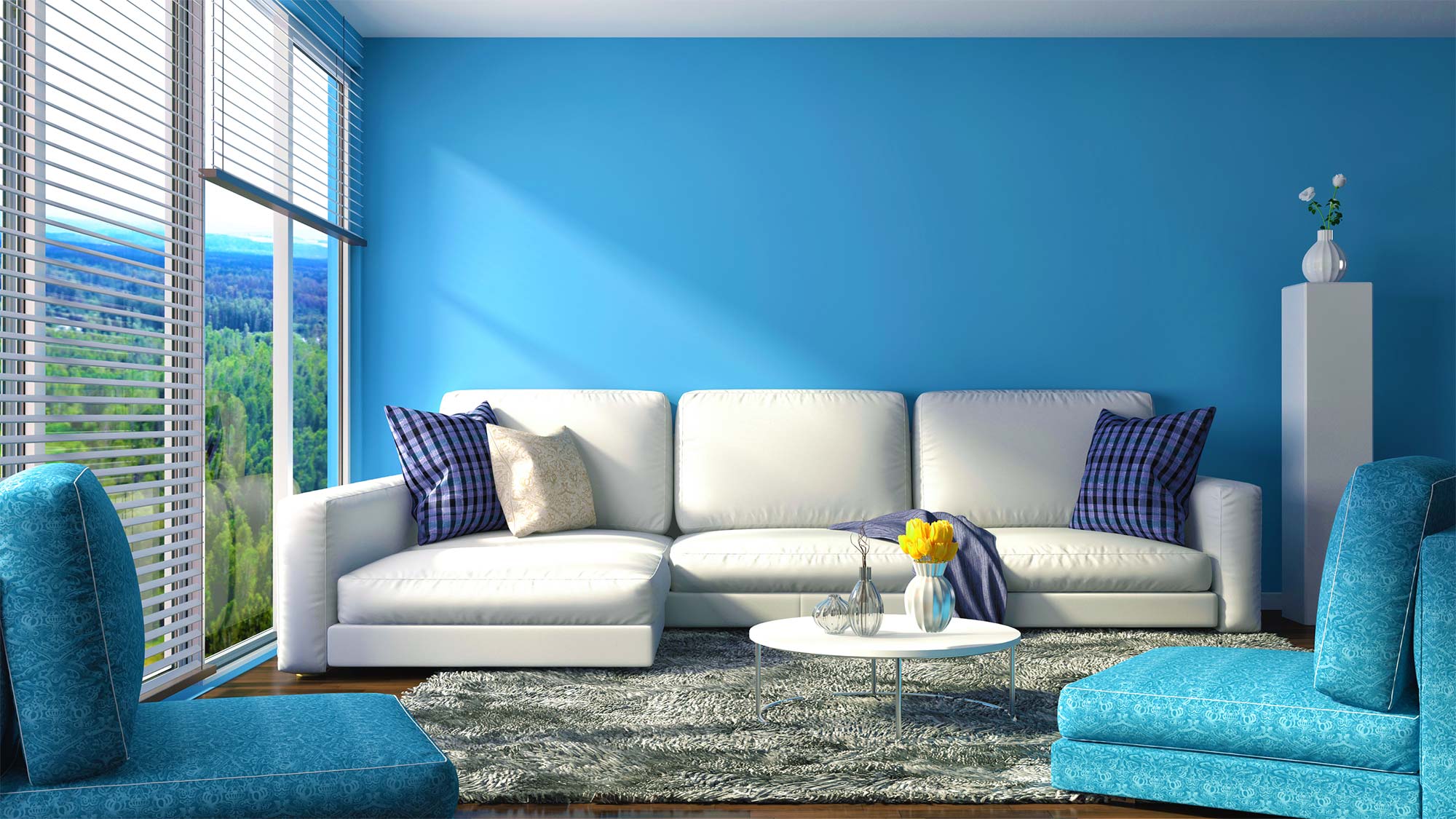
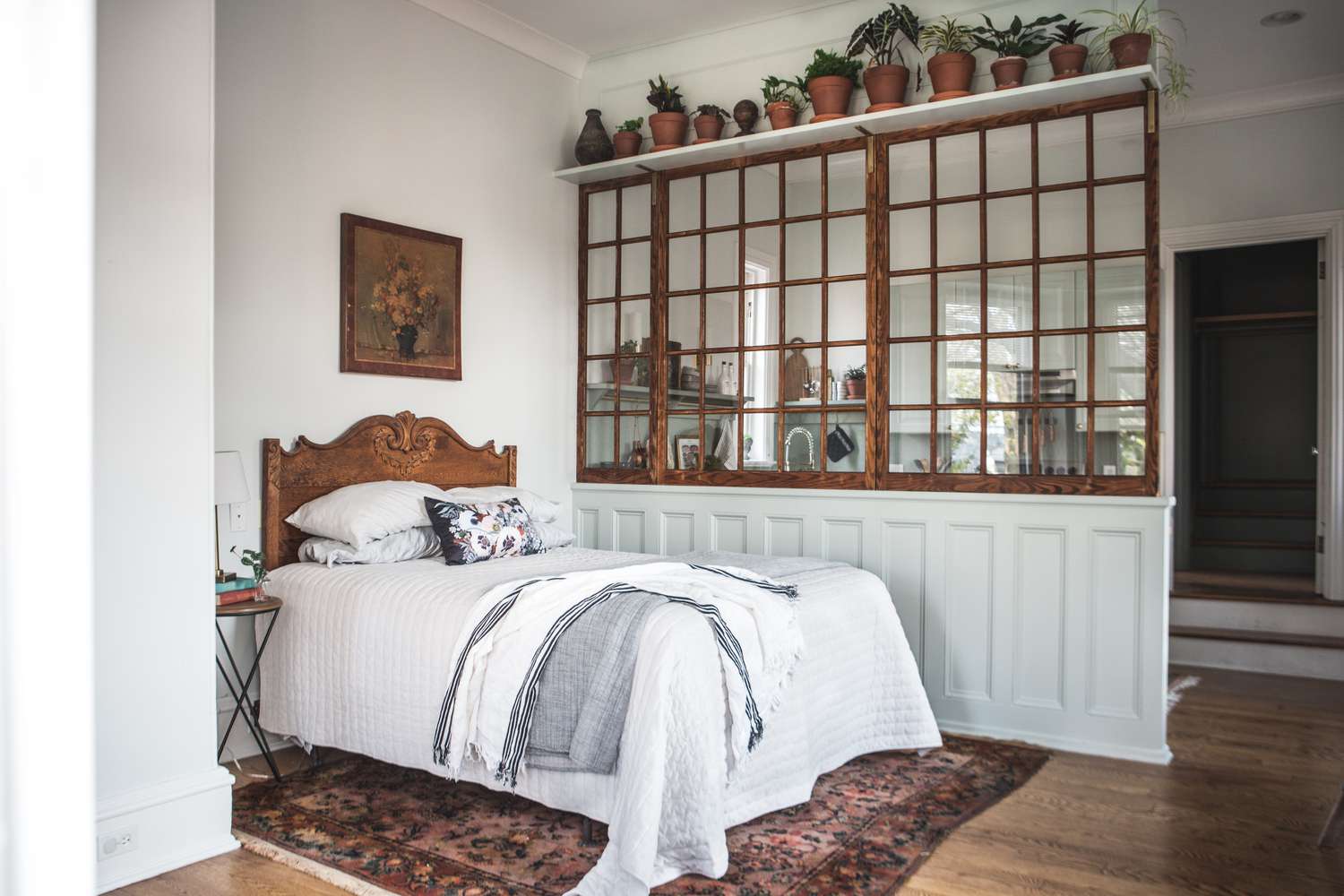
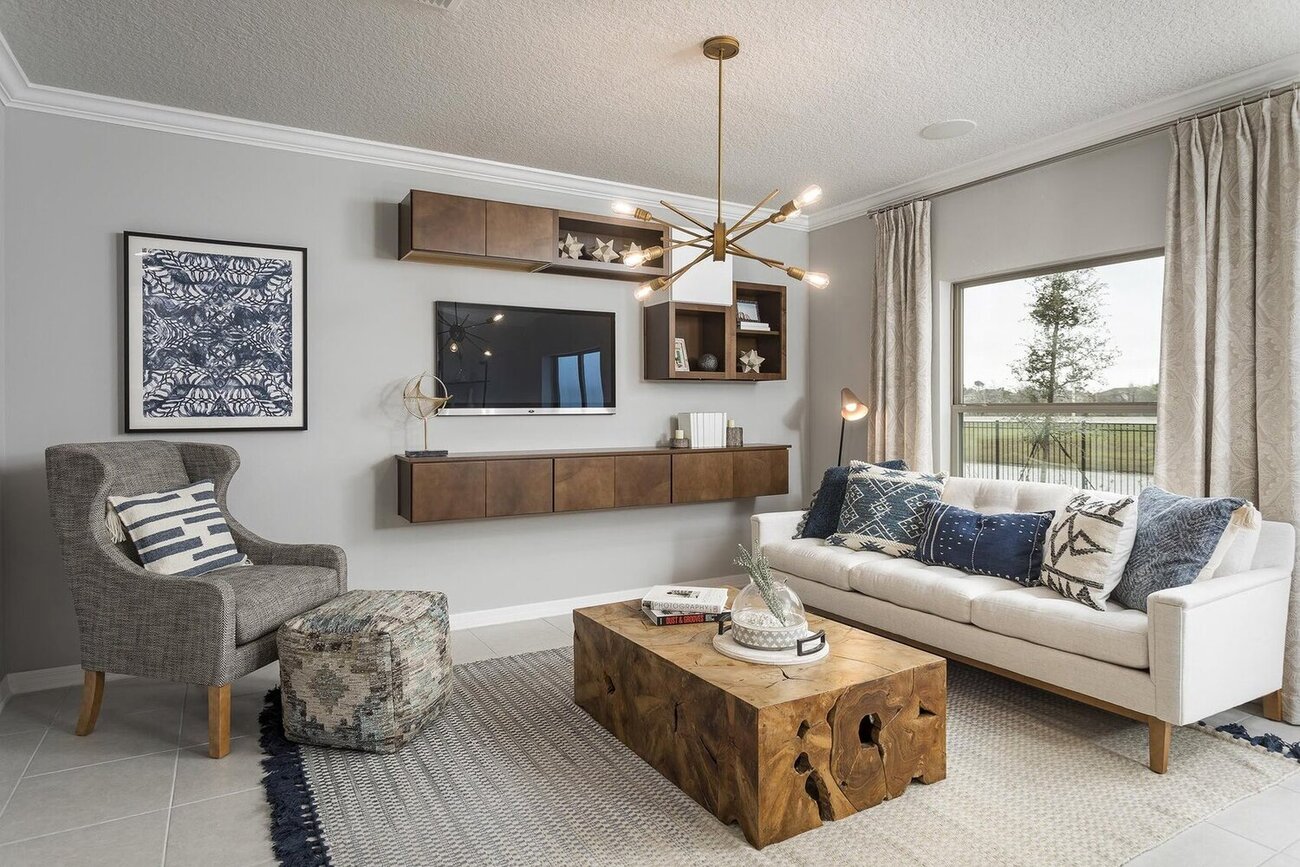
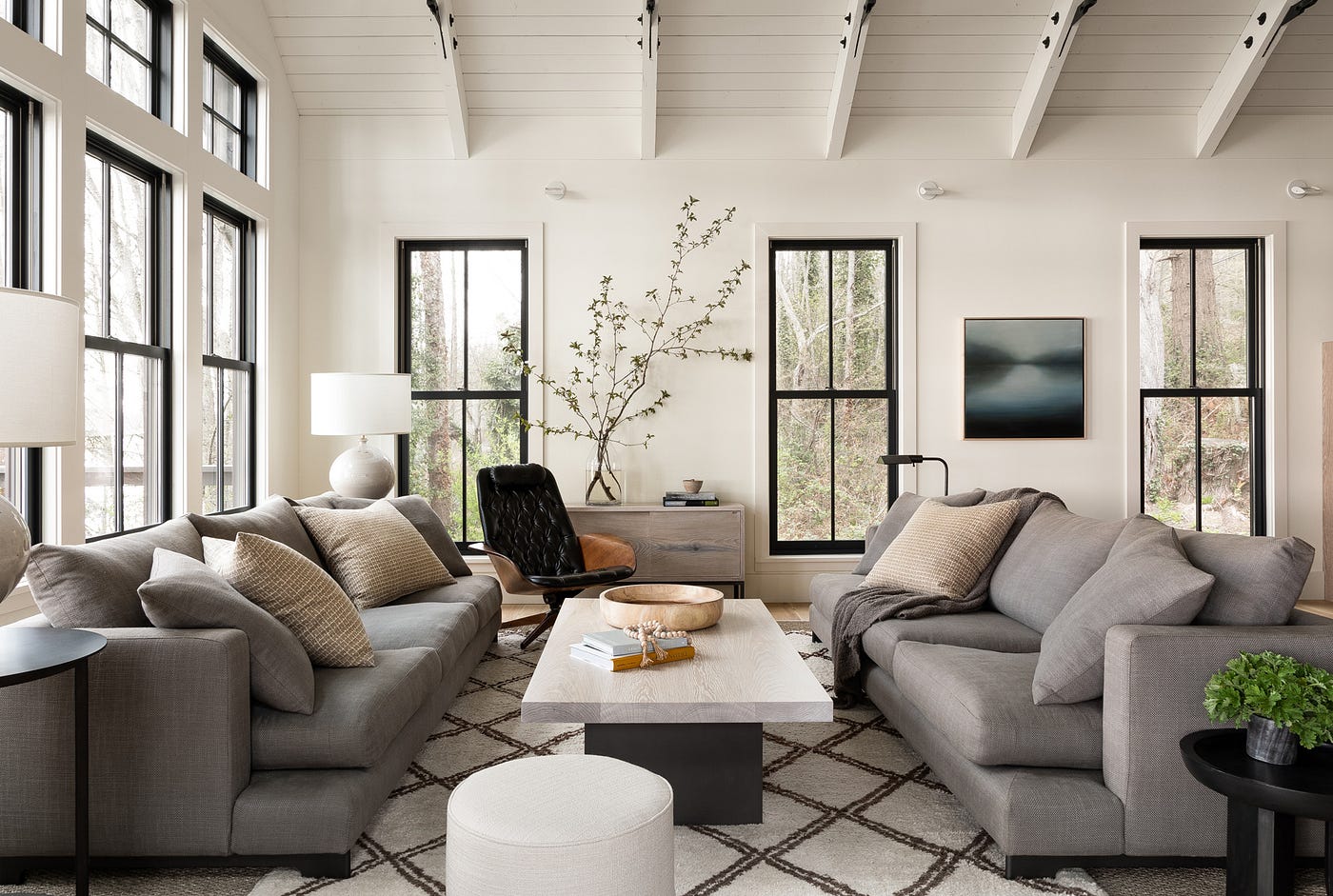
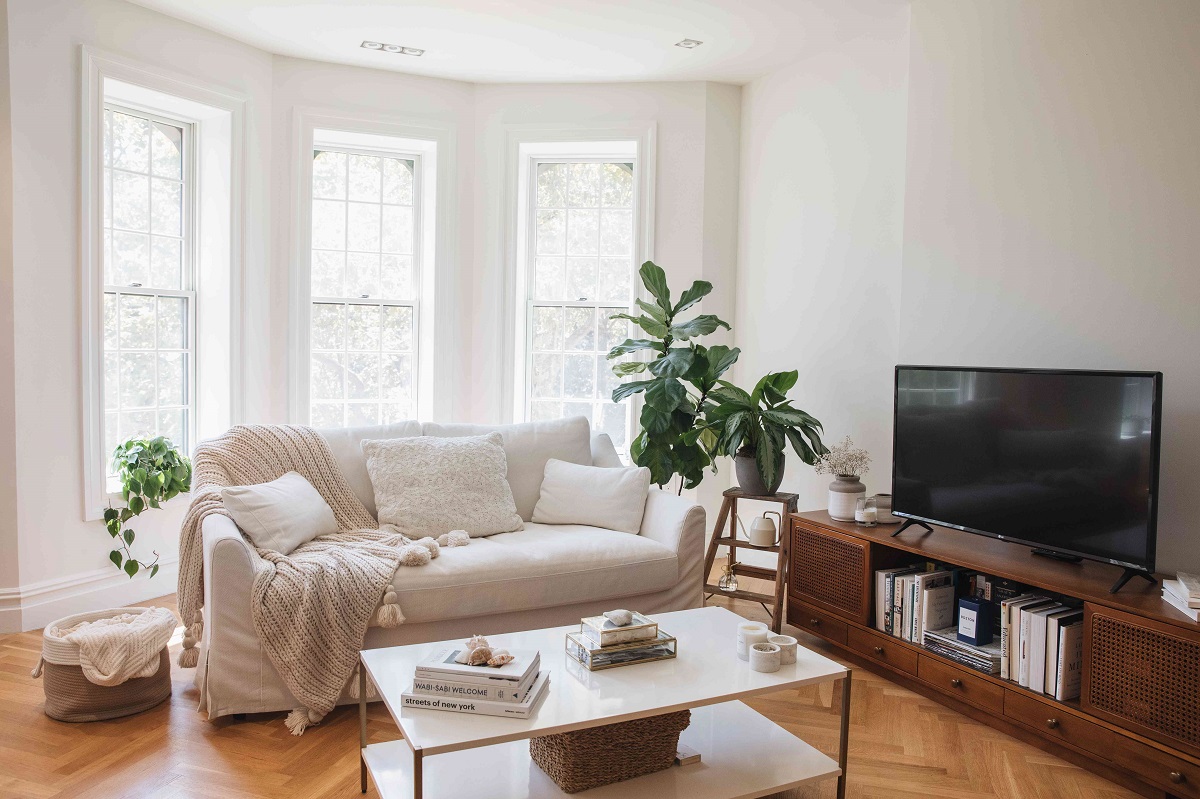
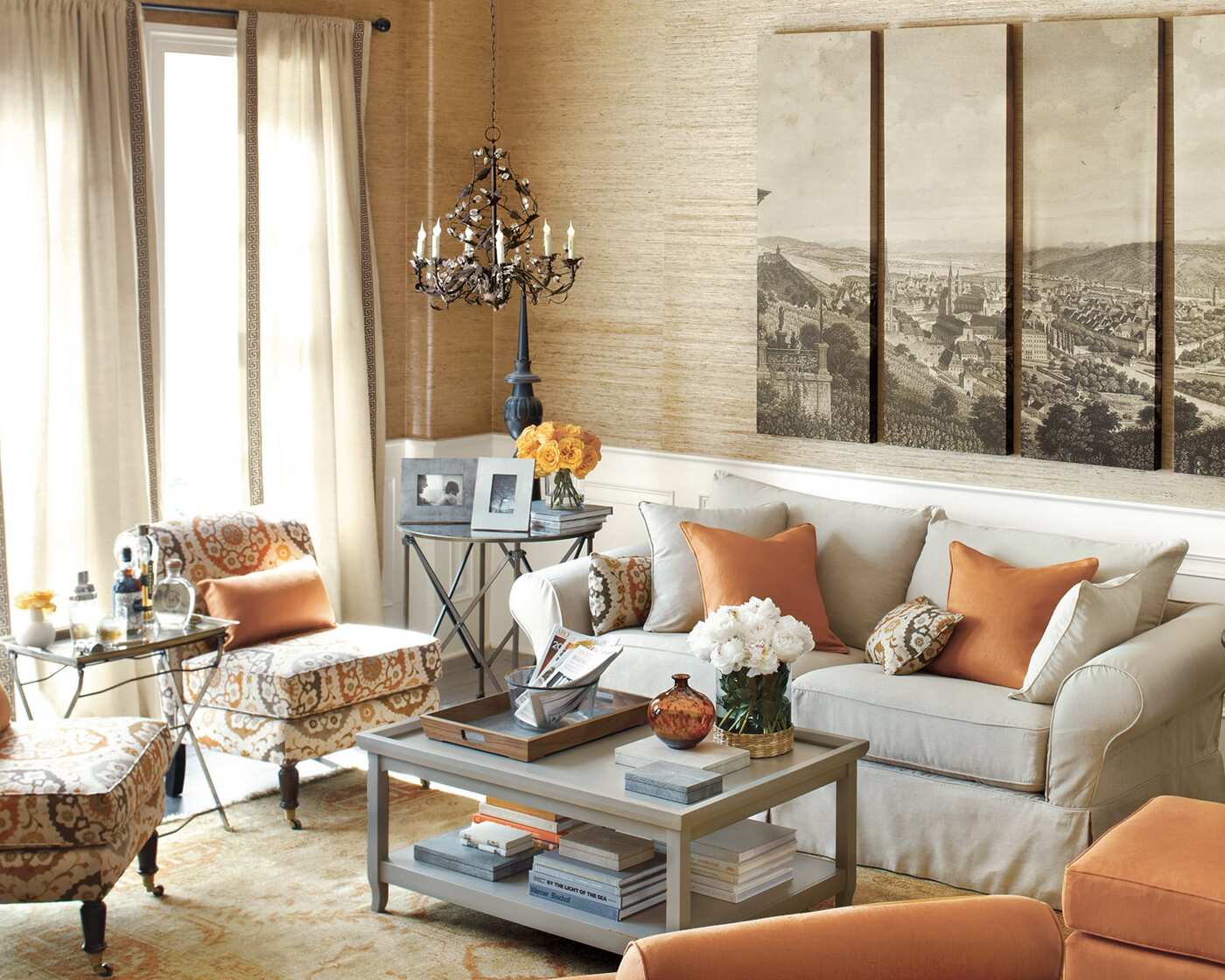

0 thoughts on “How Can I Make A Small Living Room Look Less Cluttered? 10 Must-know Solutions”